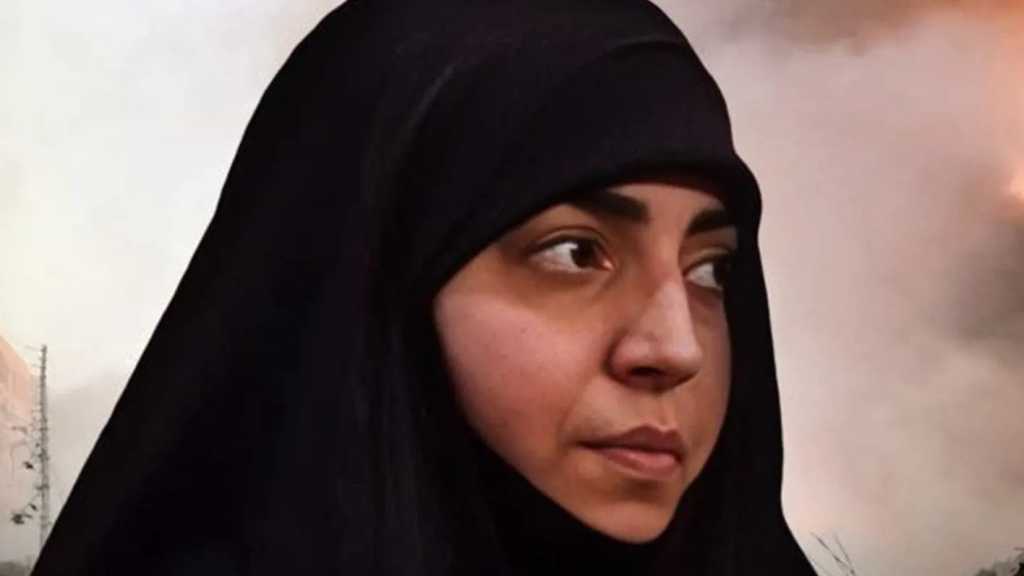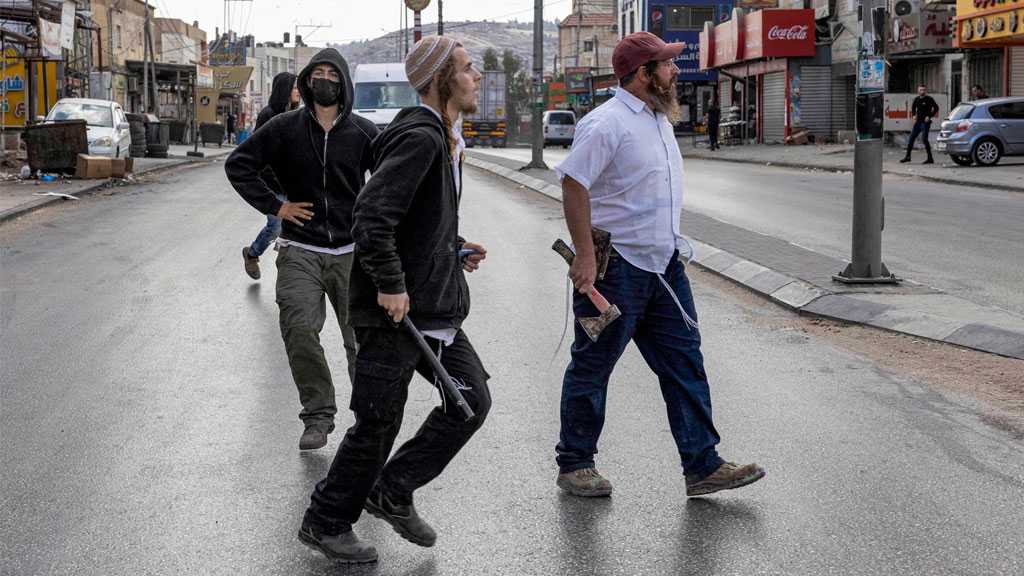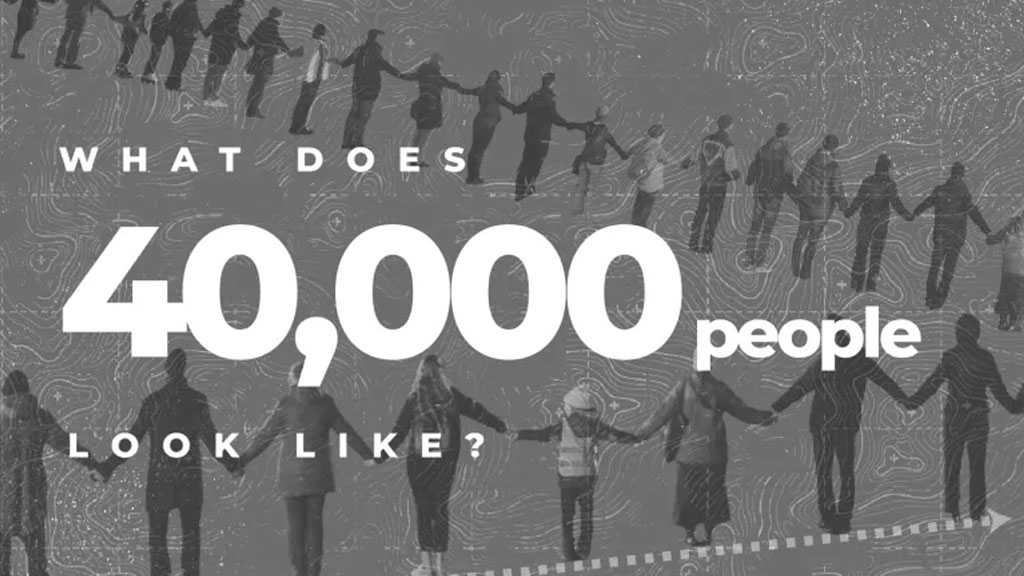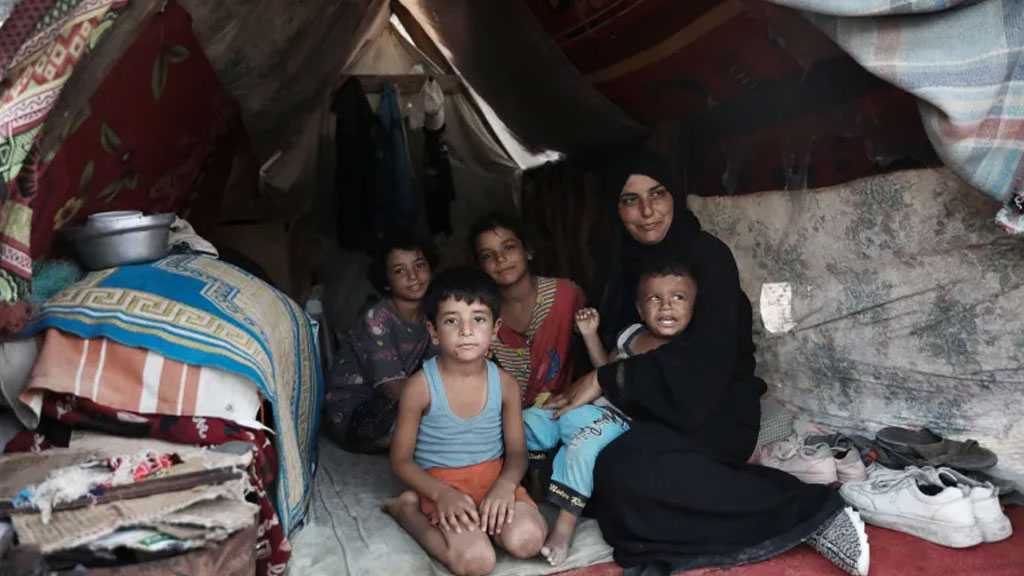
Why I’m On A Mission to Remember the Nakba
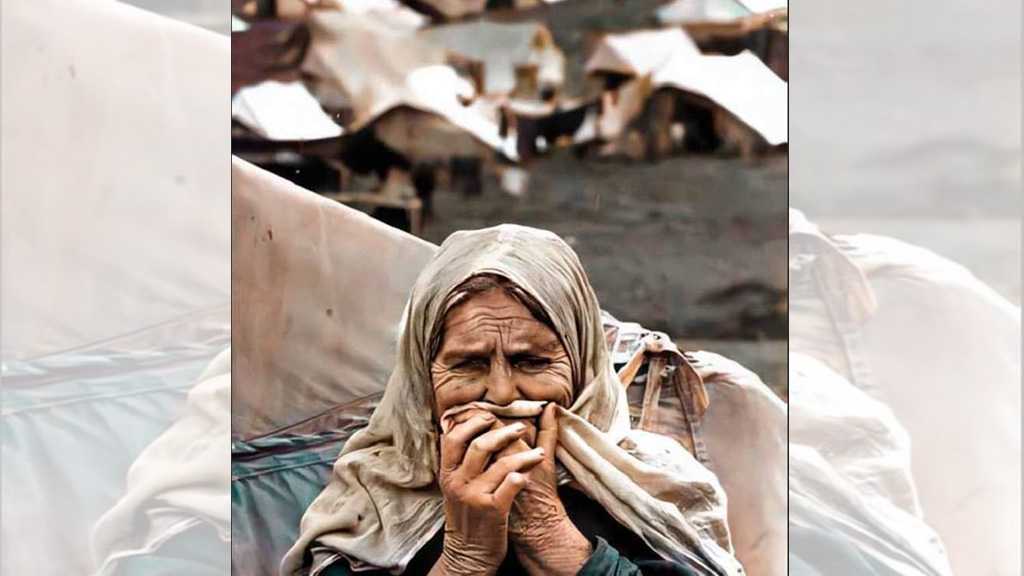
By Safaa Khatib | MEE
It was the summer of 1948, and as ears of wheat lay drying on the threshing floors in Galilee, farmers spent the warm nights celebrating weddings and listening to traditional folk songs.
They moved from one courtyard to another, from one threshing floor to another, escorting grooms to brides. That summer, my paternal grandmother, Sarwa Ibrahim al-Saleh, married a young man from the village, Mohammed Mustafa al-Essa.
Just two weeks had passed since their wedding, when a unit from the Zionist Golani Brigade arrived on 16 July 1948. They arrested 22 young men from the village and dragged them to nearby olive vineyards, where they were executed in cold blood. Among those young men were my grandmother’s new husband and her only brother, also a newlywed.
That day, my grandmother lost her support network, and the village of Ailut in the Nazareth district mourned the loss of 40 martyrs from two massacres, presaging the occupation of neighboring Safuriya, as ‘Israeli’ forces moved to take control of the Galilee.
As for the overall toll, we lost all of Palestine, with the destruction of more than 500 villages and towns; the occupation of what remained; and the perpetration of dozens of massacres, aimed at eliminating or forcibly expelling the indigenous population. In the end, 750,000 Palestinians were displaced during the Nakba, while their homes and lands were looted and seized to make way for the creation of ‘Israel.’
Seventy-five years have passed since then, and we are still paying the price to this day. The Nakba did not leave a single Palestinian unaffected, taking something from each of us. We continue to defy any attempt to forget what happened to us as a people - to our ancestors, to our fathers and mothers, and to us, as the third and fourth generations of the Nakba.
My grandmother’s grief followed her throughout her life, even after she married my grandfather, Hussein Ahmad Khatib of al-Azeer village, and bore him three sons and five daughters. Even with dozens of grandchildren and great-grandchildren, the grief never left her.
Rising like a phoenix
When I was seven years old, my hardworking farmer grandfather died. In 2008, when I was 14, my grandmother Sarwa died before I had a chance to laugh with her, get to know her well, or ask about her family, village and how she lived her life. I never even had an opportunity to take a photo with her.
With her death, it felt as if a vast and significant gateway to knowing this heroine had been closed. She rose from her grief over the Nakba like a phoenix, deciding to close the chapter of loss by starting a new life with another Palestinian farmer, reviving old memories and creating new ones.
In search of these memories, I found myself knocking on the doors of those who had lived alongside my grandparents and knew Sarwa well - those who had shared morning coffees with her, or visited her home, where she prepared meals for them.
In the early days of the Covid-19 pandemic, between each lockdown period, I took time to visit our neighbors and relatives on my father’s side, eager to hear more of their memories. The initial visits felt spontaneous, dominated by conversations about roots, customs and traditions.
But I quickly realized the importance of documenting these moments, so I asked a friend to lend me his studio photography equipment, which he wasn’t using anyway due to the pandemic and the halt of many businesses. I then returned to visit these people, this time taking photos and recording conversations on video.
I wanted to capture them in their finest attire, using the latest photographic equipment, from lenses to lighting - hoping to document these moments in the best possible way. In their living rooms, as we sipped coffee together, the video camera recorded our conversations about the nature of the relationships that connected them to my grandparents, their memories of the Nakba, their experiences as refugees, and their stories of love.
I soon realized that my motivation went beyond wanting to compensate for the missed memories of my grandparents; it evolved into an obsession with the fear of another loss.
My father’s aunt is still with us today, but who can guarantee that we will find her tomorrow, knitting wool in her room, as she is today? Who can assure us that she will still be there to share her personal memories of displacement and refuge? In my pursuit to capture more stories and videos, it was as though I was trying to compete with time, which had stolen my grandparents from me. It went beyond personal interest to something larger and collective.
Preserving knowledge
The archive I began to build was an oral and visual history, which took the form of a living memory, preserving the knowledge of the first generation of the Nakba and preventing its loss. At the same time, it prevented our loss, as the new generation of Palestinians, and our disconnection from our national identity.
We are the inhabitants of a land whose people have not been convinced by ‘Israel’s’ attempts to mark its “Independence Day” with joy and singing, nor have we bought into the myths of “a land without people for a people without land.”
The ‘Israeli’ ‘state’ has tried to make us forget our Arab and Palestinian roots as indigenous inhabitants of this land. They have urged us to memorize the poems of Hayyim Nahman Bialik and Rahel, and to forget Ghassan Kanafani and Mahmoud Darwish.
Yet, contrary to the famous quote attributed to ‘Israel’s’ founding prime minister - “the old will die, and the young will forget” - we will always remember. Yes, we have lost many of our elders and witnesses to the Nakba, who died in refugee camps in Lebanon, Syria and Jordan, or in diaspora communities in the US, Chile and Australia, while dreaming of returning to Palestine. But the Jewish supremacy system that leaders of the ‘Israeli’ ‘state’ have bolstered since the occupation of Palestine, and life under a repulsive apartheid regime that continues to oppress and discriminate against us, has left no room to forget.
My visits to photograph relatives, neighbors and acquaintances during the pandemic might have been a primitive and modest move that may not fundamentally change the course of what is happening to us, but one thing is certain: this attempt - along with many other documentation projects by individuals, journalists, historians, descendants and artists, focusing on the first generation of the Nakba - stands against the denial, erasure and dispossession we face as a Palestinian people.
American thinker Susan Sontag offered an analysis of the photographic image in her book On Photography, noting that “photography is a representational medium of the world that has a tremendous impact on the nature of our current culture. An image is a kind of power and a way for humans to exert control over their world; when a person photographs something, it signifies a degree of possession.”
This means that through photography, we put ourselves in a particular relationship with the world that resembles knowledge, and thus power. The power of documentation also provides us with evidence. We might hear about something and doubt it, but when we see a picture of it, there is an acknowledgment that it happened.
Global indifference
For years after 1948, our tragedy as Palestinians was absent from global and academic awareness. As the western world was preoccupied with its achievement of establishing a ‘state’ for Jews in Palestine, Zionists were portrayed as heroes who gathered the scattered Jews in one land - at the expense of the Palestinian people, who had not yet recovered.
Palestinians were still occupied with moving their tents from one place to another, and starting to add bricks in the hope of protecting themselves from the heat of summer and the cold of winter.
Gradually, small rooms turned into large camps crowded with inhabitants. Today, around six million Palestinian refugees are registered with the United Nations Relief and Works Agency for Palestine Refugees, while the total number of Palestinians globally has surpassed 14 million.
But no one seems to care about UN resolutions on human rights, or on the Palestinian right of return - neither in the past, nor today. The world does not care about the houses we closed and left, intending to return to them; or the fruitful orange orchards and wheat fields; or our weddings and tragedies; or our existence as a people on this land.
It is thus our duty as third- and fourth-generation descendants of this ongoing catastrophe to provide evidence, so that we do not forget our personal and collective history; so that we do not forget the memories of our bereaved grandmothers who raised our parents, and us after them; so that we do not forget the location of the water spring, or the mosque in Hittin, or the church in Kafr Birim.
Photos are evidence that no one can deny - and what we could not document yesterday, we can still capture today.
Living testimonies
During my work on this archive, which I consider both very personal and very public at the same time, the documentation, though still in its early stages, serves as living, undeniable proof. It provides us with knowledge, even if only a small fraction, of our people’s history - a knowledge that gives us the power embodied in our right to this land. And no right is lost as long as someone pursues it.
In the photos I took, I captured the head of al-Azeer village, Abu Ali Khatib, with his wife Aida, and I drank his coffee. Although the task was difficult, as his memory and health condition did not allow him to speak much, it meant a lot to me. Sadly, Abu Ali died a year after this meeting, leaving behind a long history as village leader.
In another photo, I captured Hajj Ridwan Said from the village of Kafr Kanna. Born in 1929, he had one of the kindest and most distinguished faces in the village. I heard him sing to his beautiful wife, Najla Sabih, born in 1939; he loved her in a way I had never seen before. He also died two years after our meeting, leaving behind a loving wife and a large family.
In the photo that brought me together with my father’s uncle, Abdul Moneim Khatib from al-Azeer, and his wife, Fathiya Salem Saqr from Kafr Kanna, I heard memories of their displacement. I learned about our relatives from the village of al-Shajara in the district of Tiberias, including the family of Palestinian cartoonist Naji al-Ali, who was assassinated in London in 1987 before he could return to his homeland.
During this short journey, I not only got to know my grandmother better, but I also gained a solid understanding of the tragic history of Palestine.
This experience has increased my determination to visit more families and work diligently on documenting more stories, providing at least a small portion of living testimonies of the Nakba, which continues to this day. These people are our blessing; without them, we would not have a good knowledge of our history or a strong stance on our rights, which refuse to be forgotten. The Nakba is still ongoing, but our ancestors are leaving us quickly.
I conclude with the same ending Sontag used in her book Regarding the Pain of Others: “A photograph is not supposed to repair our ignorance about history and the causes of the suffering it captures and frames. Such images can be no more than an invitation to pay attention, to reflect, to learn, to examine the justifications for the suffering presented by the established powers."
